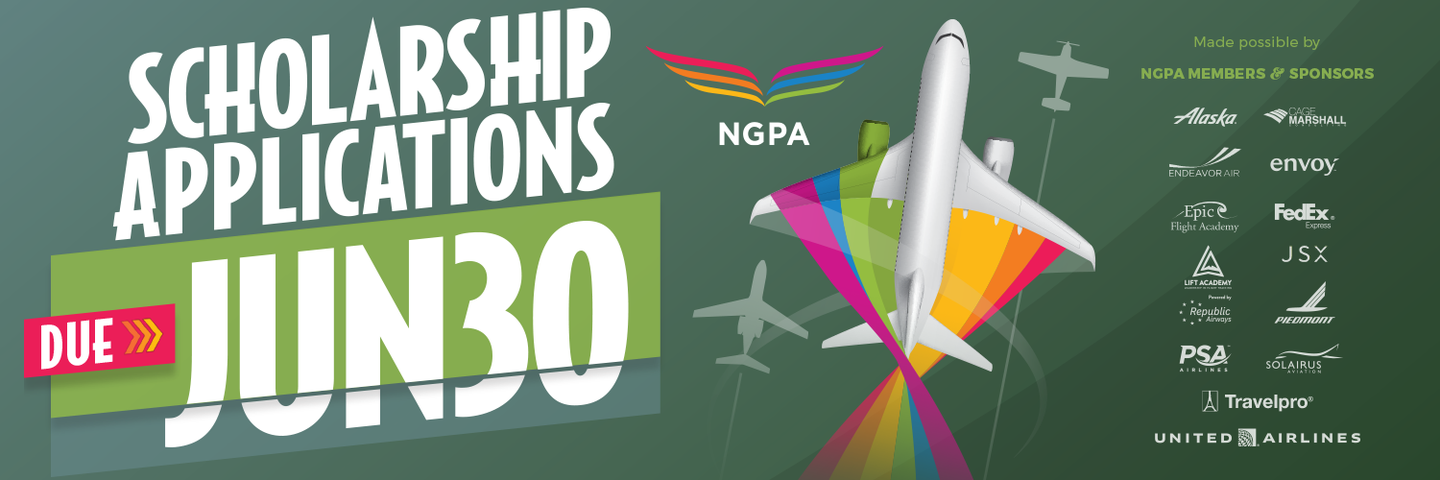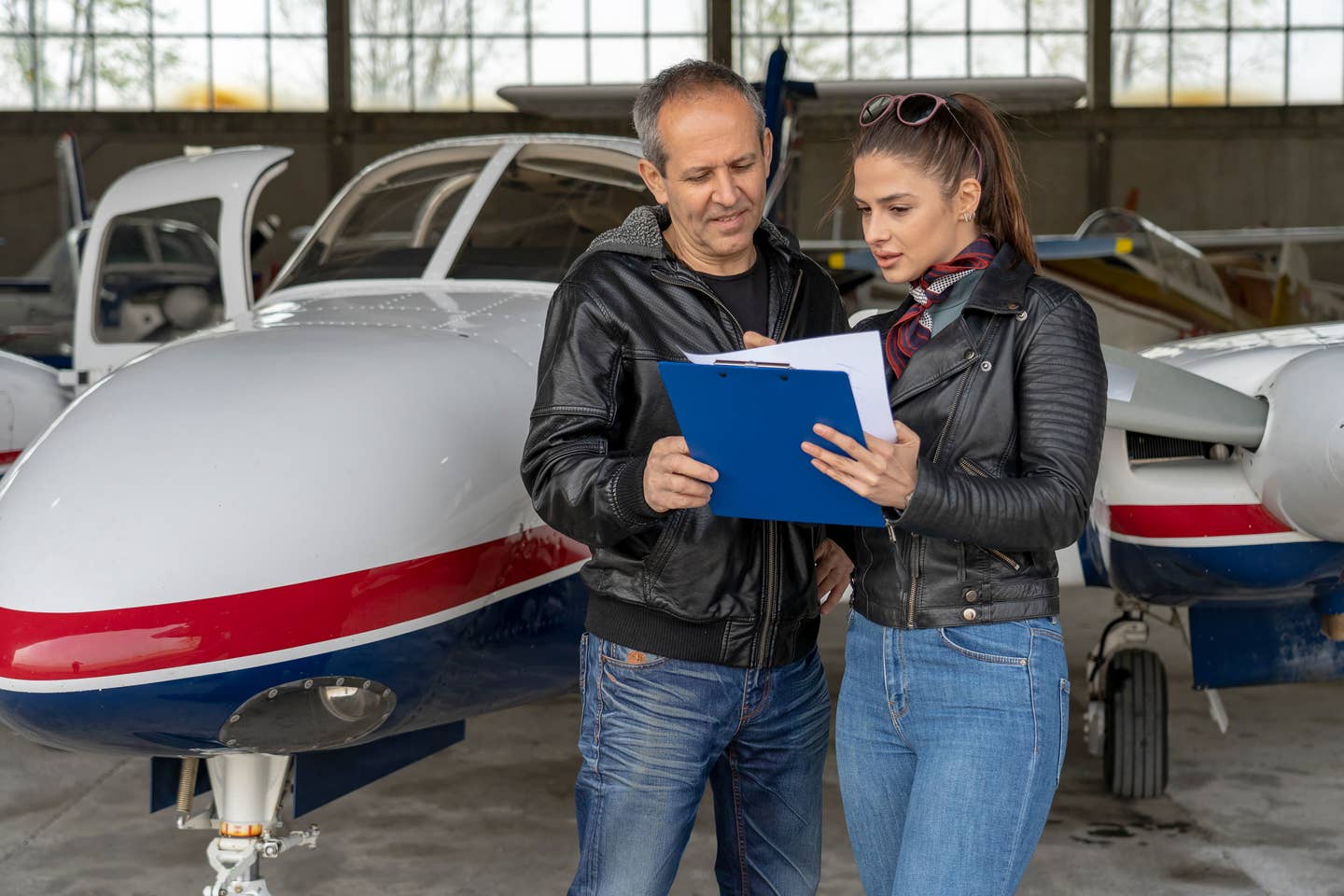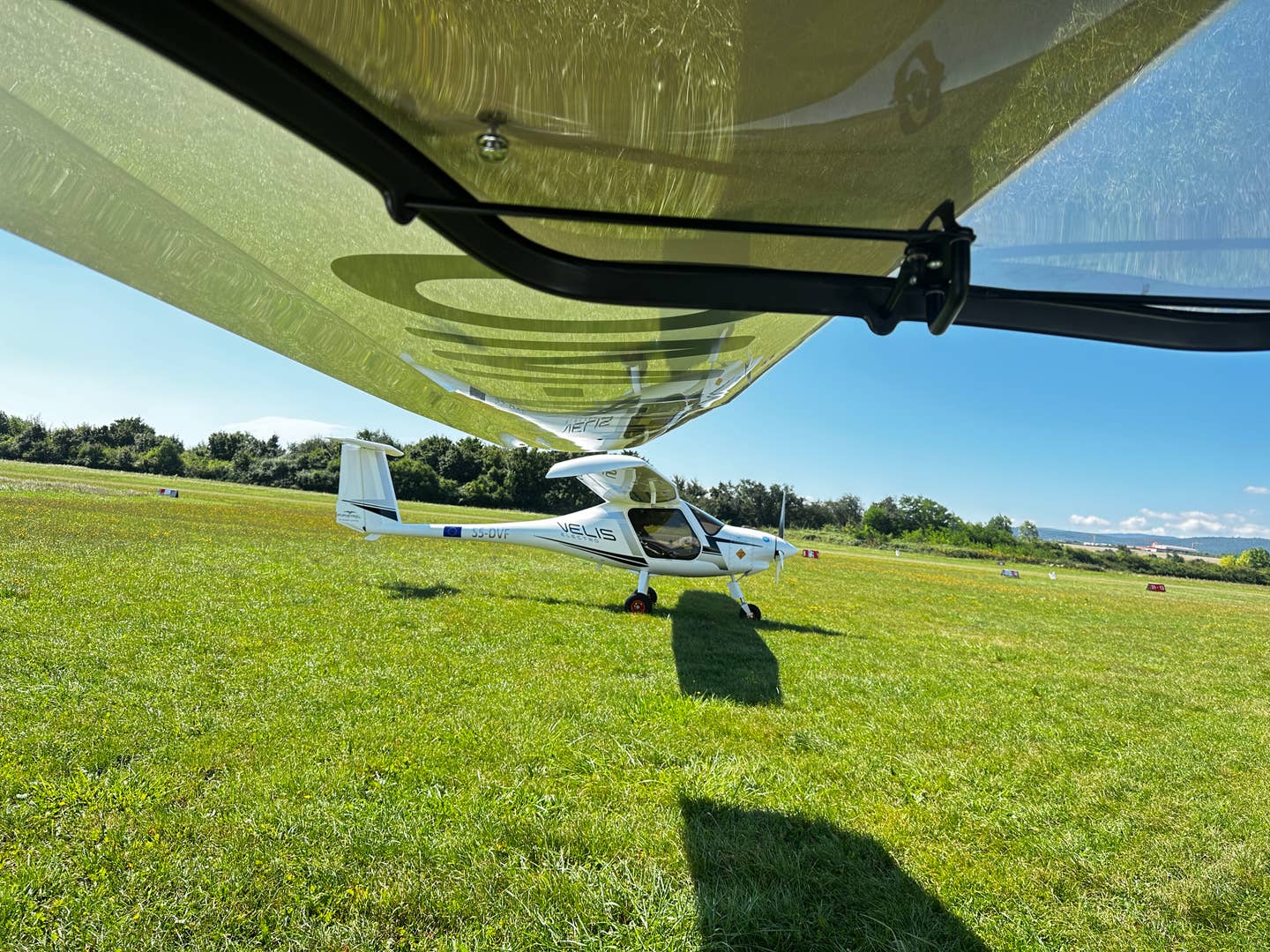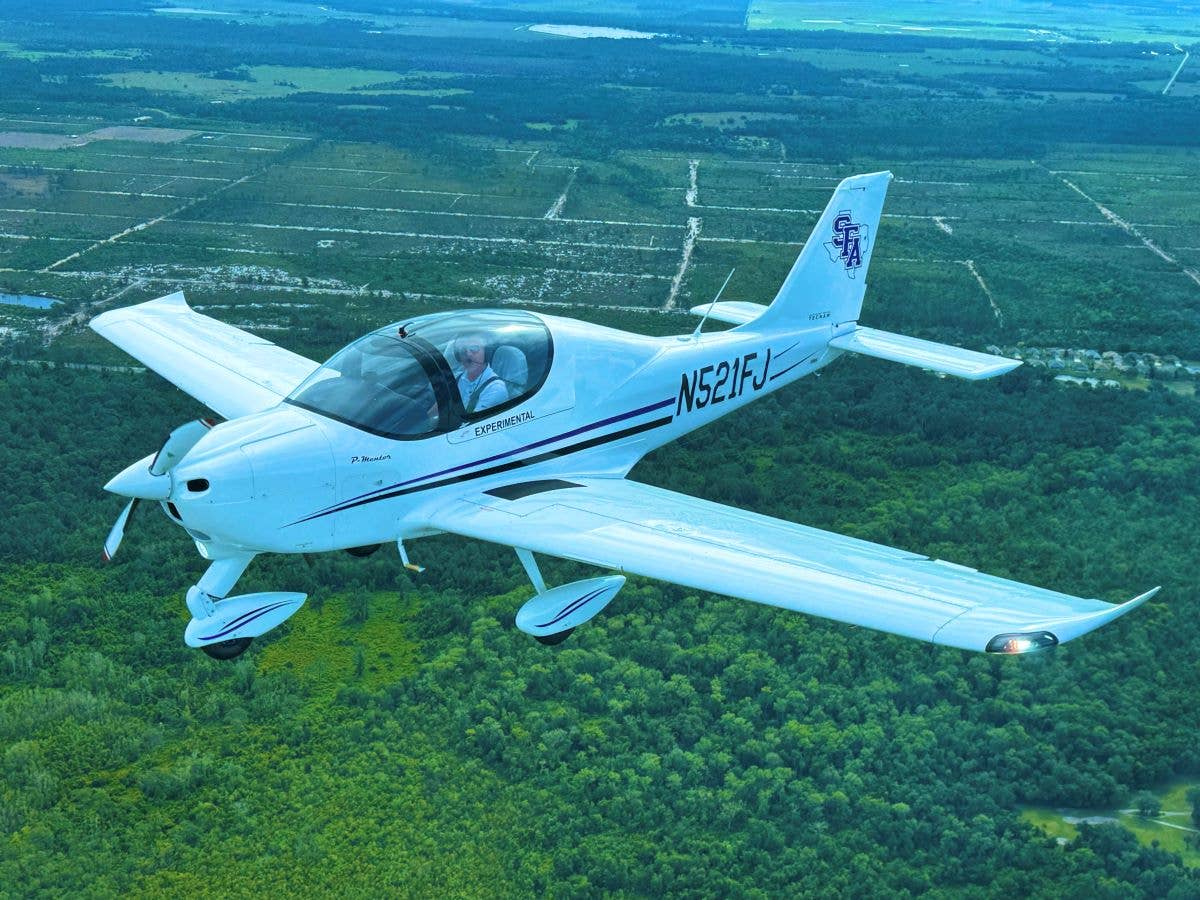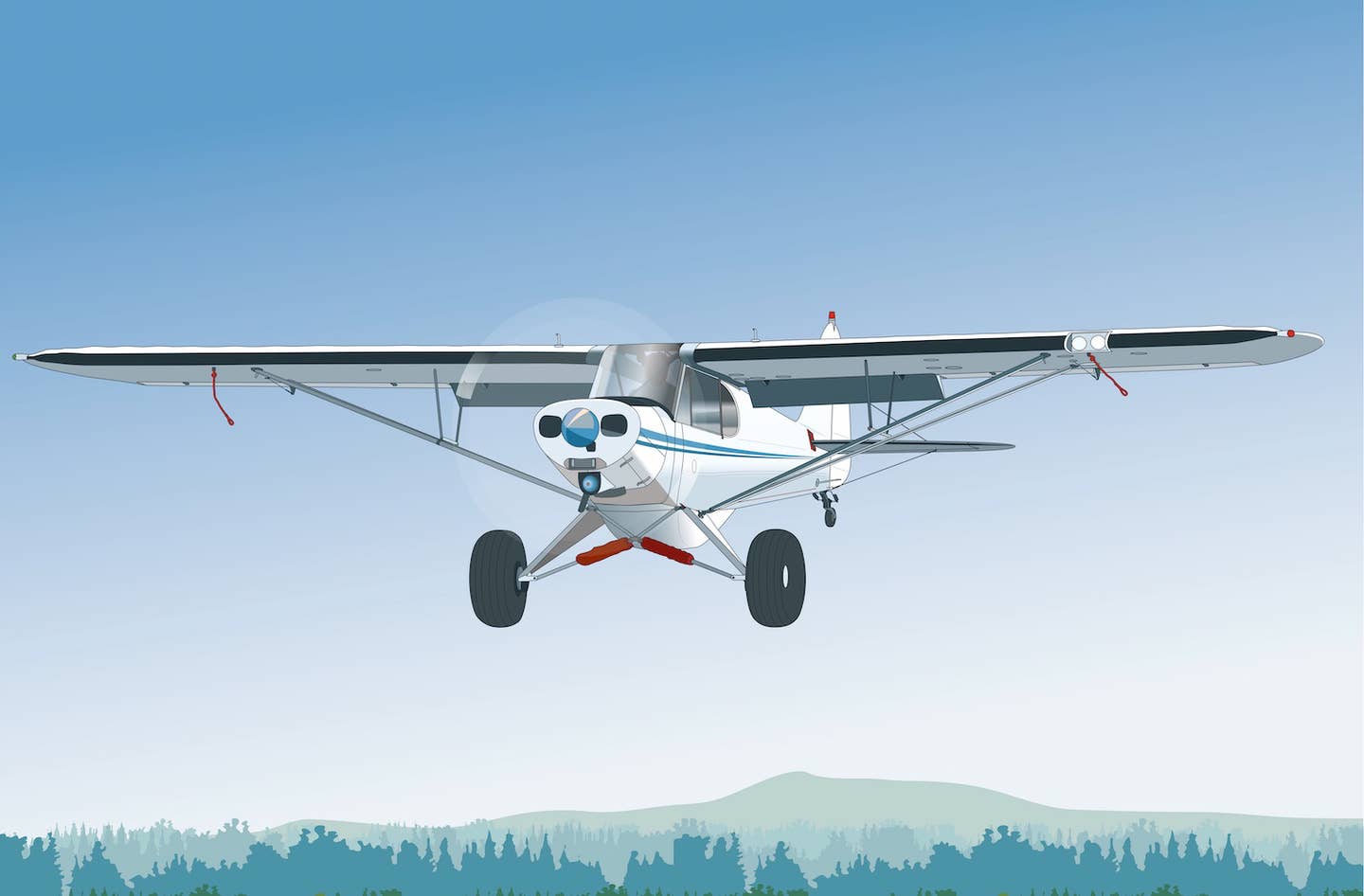Flying From the Ground
Evolution of flight simulator technology provides the best and safest way for pilots to practice emergency scenarios.
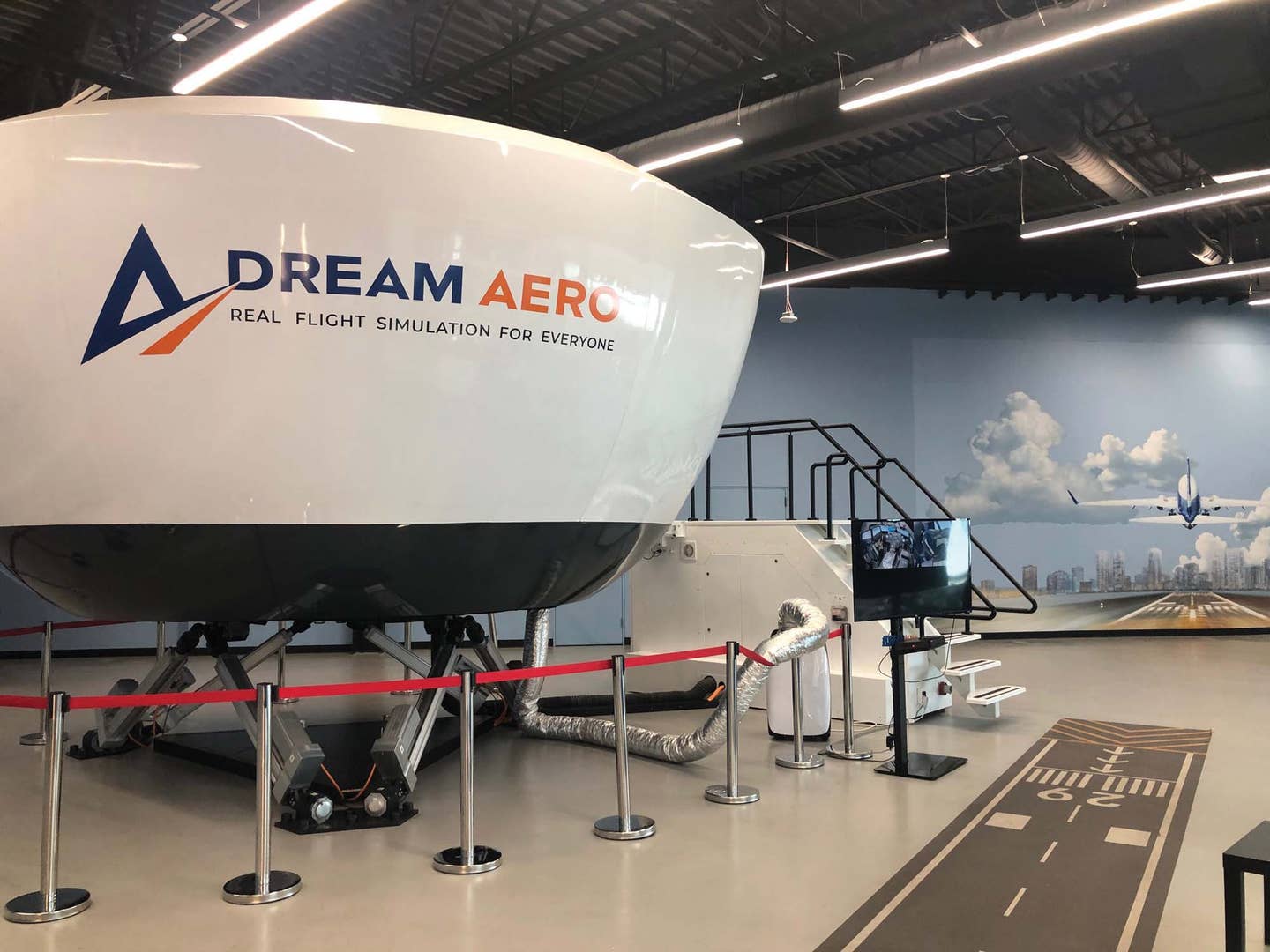
The captain, a seasoned ATP with a Top Gun level of confidence, was at the helm of a Boeing 737NG. With over 10,000 hours of experience, he was prepared for anything. Or so he thought. The takeoff proceeded as usual, V₁ then V₂, with the aircraft now gaining speed and altitude.
But then the unexpected happened.
At a mere 200 feet above the runway, the first signs of trouble emerged. The EICAS (Engine-Indicating Crew Alerting System) flashed a chilling message: Fire No. 2 Engine. The No. 2 engine began to spool down, and the engine fire switch was activated, but the situation was far from under control. Shortly thereafter, the No. 1 engine followed suit, and the cockpit was filled with a cacophony of alarms. The captain’s calm demeanor was replaced with a sense of urgency and dread.
What started out as a routine flight was now anything but. Another EICAS message indicated a loss of hydraulic pressure. Multiple visual and audio alarms presented an overwhelming presence in the cockpit. Beads of sweat were now forming on the captain’s brow. His palms were damp and clammy, his heart rate increased. The startle factor will do that to an otherwise calm, capable pilot. Remember the basics now and survive this unimaginable emergency.
Aviate, navigate, and communicate.
Then, as suddenly as the emergency started, the scenario stopped. The image froze on the high-resolution “windscreen.” The flight motion stopped, and this Level D flight simulator session came to an abrupt halt, courtesy of the instructor pilot running the show.
Dream Aero cockpit, courtesy of Dream Aero
As an ATP pilot flying for a major Part 121 carrier, recurrent training in one of its flight simulators is a regular part of the job. Setting up scenarios that could occur in a real flight that could not be trained for in a real airplane due to the danger associated with the different emergency scenarios is just one of the benefits of modern commercial flight simulators.
But how do these simulators re-create the sights, sounds, and visuals of an actual aircraft in distress? With acquisition costs up to $20 million for a full-motion simulator and an operating cost approaching $600 per hour, add some good old-fashioned American know-how, along with technology that has improved over the decades, and you have the recipe for safe pilot training using the latest and greatest flight simulators. With an ability to replicate the most realistic flight characteristics of almost any aircraft, including the aforementioned B-737, the sweat on the brow is almost assured during these emergency training sessions.
But it wasn’t always that way.
Before the advent of ground-based simulators, pilots in various stages of training were subjected to simulated emergencies in the aircraft that unfortunately turned into real emergencies. Regrettably, even with a proliferation of flight simulators, we still see some occurrences of this in accident reports that would point to a live training scenario gone bad. Think of instructors who perform a simulated engine failure in a twin-engine airplane (commonly referred to as a “V₁ cut”) on takeoff at a speed that does not allow an adequate margin of safety. This certainly is a scenario that can be accomplished in most flight simulators without any risk whatsoever. However, when you move the training location from sim to airplane, the level of risk increases many times over, with tragic results potentially occurring in the process.
Fortunately, in the early 1930s Ed Link thought of a better and safer way to train new pilots in instrument flying as they prepared for their sorties in World War II. After taking flying lessons in 1920, Link used his experience from the family’s piano and organ factory to experiment with pneumatic systems from a player piano to initially develop a message center display for advertising messages on lower wing surfaces of aircraft. This morphed into similar controls for what would become the Link Trainer, described by the National Aviation Hall of Fame as a “fuselage-like device with a cockpit and controls that produced the motions and sensations of flying.”
This was the dawn of flight simulators as we now know them.
Affordability for the Masses
Like many new technologies, the trickle-down effect eventually occurs, bringing affordability and similar capabilities, albeit not as comprehensive as a Level D flight simulator found at airline training facilities, to the masses.
Flight simulators for home and flight school use start at $3,000 for a desktop, nonmotion version and go up to $250,000 and beyond for a full-motion, enclosed simulator. Still, it is not a price approaching the $20 million level like the Boeing 737 simulators, but it’s not pocket change either (unless you have some pretty deep pockets).
Future of Flight Simulators: AI and Virtual Reality
With the advent of affordable simulators for individual and general aviation flight school use from companies like Austin, Texas-based Redbird Flight Simulations, one might wonder what other technologies the future will hold. The answer is in the news almost daily—artificial intelligence.
“Implementing new [AI] tech that enhances realism without detracting from the current platform is being researched and developed…,” said Ethan Willinger, Redbird’s director of marketing. Willinger pointed out that this may include developing a way to blend the real and virtual worlds, resulting in a truly immersive experience.
If history and current technology are any indication, we will see some impressive enhancements to flight simulator hardware and the related software that drives the systems in the not-too-distant future.
Flight Simulation for Entertainment
A trip to the Washington, D.C., area to visit to the aptly named Dream Aero will place you into the cockpit of a full-motion simulator with realistic visuals, where you can experience what commercial airline pilots do in training as you take the controls and fly its Boeing 737NG passenger jet simulator.
“Simulators are so realistic and lifelike that pilots can obtain their license to fly a specific jet, called a type rating, without ever flying the actual real airplane,” said John Adams, instructor pilot for Dream Aero. “It is a realistic experience, [and] all training can be completed in an FAA-approved simulator.”
While the Dream Aero simulator is not FAA-approved for training, the experience will leave your palms sweating as you navigate the controls and attempt your first landing at any airport with a runway length that will accommodate a Boeing 737.
Or maybe you would like to take the controls of harrowing US Airways Flight 1549, commonly known as the “Miracle on the Hudson” on January 15, 2009, and replicate it in the Dream Aero simulator to see if you could match Captain Chesley “Sully” Sullenberger’s flawless execution of an emergency landing on the Hudson River. If you are not as successful as Sully, don’t be discouraged. Most aren’t, including experienced jet pilots with thousands of flight hours.
Amusement Park 4D Rides
Although not utilized for pilot training, a different type of flying simulator can be found at high-end amusement parks worldwide. Those include “Flying Theaters,” such as the Sky Voyager simulator ride located at Dreamworld in Gold Coast, Queensland, Australia.
These flying simulators have riders strapped in the “vehicle,” where they move in synchronization for each scene displayed on the immersive, high-resolution screens surrounding the riders. The 4D aspect includes wind blown on the rider, water sprayed when the ride nears scenes with it, and scented smells throughout that correspond to the rider’s view of the scene.
Prior iterations of flying simulators include Back to the Future: The Ride at several Universal Destinations and Experiences, including Orlando, Florida. There are not many of these in existence, as the cost to build and deploy these sophisticated flying simulators can exceed $40 million each. But after riding in one of these immersive simulators, you can appreciate the investment required to bring it to life.
In Summary
Why all the hoopla over flight simulators? It’s quite simple. Commercial flight simulators make pilots better and more prepared for emergency situations. They simply make flying safer.
In addition, the operating cost of flight simulators is less expensive than starting up a real airplane. After all, no fuel (other than some electricity) is consumed when you use a flight simulator, so the hourly operating cost represents a fraction of that of an airplane. Plus, it’s not uncommon for training academies to operate their simulators around the clock, making efficient use of the equipment and providing more availability for trainees.
Whether you are a general aviation pilot who would like to hone your skills, a commercial pilot looking for recurrent training, or perhaps a Part 121 airline pilot who will be completing your line checks or type ratings as needed, there is no better and safer way to practice those scenarios you hope never occur in your aircraft. But if they do, your repetitive emergency practice from your flight simulator time will transfer as muscle memory in the aircraft, making you better prepared to handle anything that comes your way.
Now dry those palms, wipe that brow, and go fly a simulator.
Radar Contact
Do you remember when you first picked up the mic to contact air traffic control? It was undoubtedly a scary time. In fact, the normal process of transmitting information to your brain’s motor cortex to make your mouth move and create logical speech at that moment was as far removed as a drop-top Cadillac in a rainstorm.
As experts in the field have determined, the tongue-tied feeling that occurs at the press of a push-to-talk switch can be primarily attributed to a lack of experience on the radio and venturing into the world of ATC prematurely and unprepared.
That’s where ATC simulations, such as those from PilotEdge, VATSIM, and others, create a virtual world that allows users to practice their communication talents long before they take off. These simulations provide a safe environment for pilots to learn and improve their communication skills, ensuring a higher level of safety in real-world flights.
The only thing you need to hone your radio communication skills using an ATC simulation is a flight simulator program, such as Microsoft Flight Simulator 2020, Prepar3D, X-Plane 11 and 12, plus others, or those hardware-based simulators, such as Redbird, that utilize one of the aforementioned programs.
Pilots who want the most realistic ATC simulation available will likely look to the subscription services of PilotEdge, created by CEO Keith Smith over 11 years ago, instead of the hobbyist services available.
While any of the current ATC simulators will provide some level of benefit, Kevin Meyers, director of special events and marketing at PilotEdge, emphasizes that “those with current ATC and former military controllers staffing the ranks, such as PilotEdge, will provide you with a replication that mimics life in the real world of ATC, getting you ready and prepared as you take flight.”
In addition, using an ATC simulation will allow you to practice your communication within various types of airspace—everything from traversing VFR uncontrolled airports to making the journey to and through Class Bravo airspace and beyond. And with the realism of the ATC world that goes far beyond the old text-based and voice-recognition days of past controller simulations, you will be so immersed in the ecosystem that you may forget that it’s all simulated.
The cost of admission to a real-world ATC simulation subscription with PilotEdge is a little more than 50 cents per day. VATSIM and others are viable options for those who are not pilots or want to experience ATC simulation as a hobby without spending any monthly cash, but either alternative is better than none.
And don’t think these simulations are a game—far from it. In fact, if you have a pilot deviation while you’re flying the sim using PilotEdge, you might receive the dreaded warning that Captain Jack Brasher got on his commercial carrier flight on August 13, 1985, long before his last name became synonymous with the warning that no pilot ever wants to hear.
To be clear, the PilotEdge version of the Brasher warning is not shared with anyone except the operations team to improve the realism of the simulation and determine if tweaks need to be made to the software. It simply adds to the overall realism of your ATC simulation.
Speaking of realism, are you planning on flying into Oshkosh for EAA AirVenture next July? How would you like to be able to practice the approaches into Wittman Regional Airport before your actual flight, where KOSH is the busiest airspace in the world for that period of time?
With PilotEdge’s unique simulation, you can do just that. Annually, from about two weeks before AirVenture begins, the company rolls out SimVenture. Meyers said it “is the only way and best way to prepare to fly into AirVenture.”
So, dust off your headset, strap into your simulator, and take to the virtual skies to improve your ATC communication and learn how to talk with controllers just like the pros.

Subscribe to Our Newsletter
Get the latest Plane & Pilot Magazine stories delivered directly to your inbox

